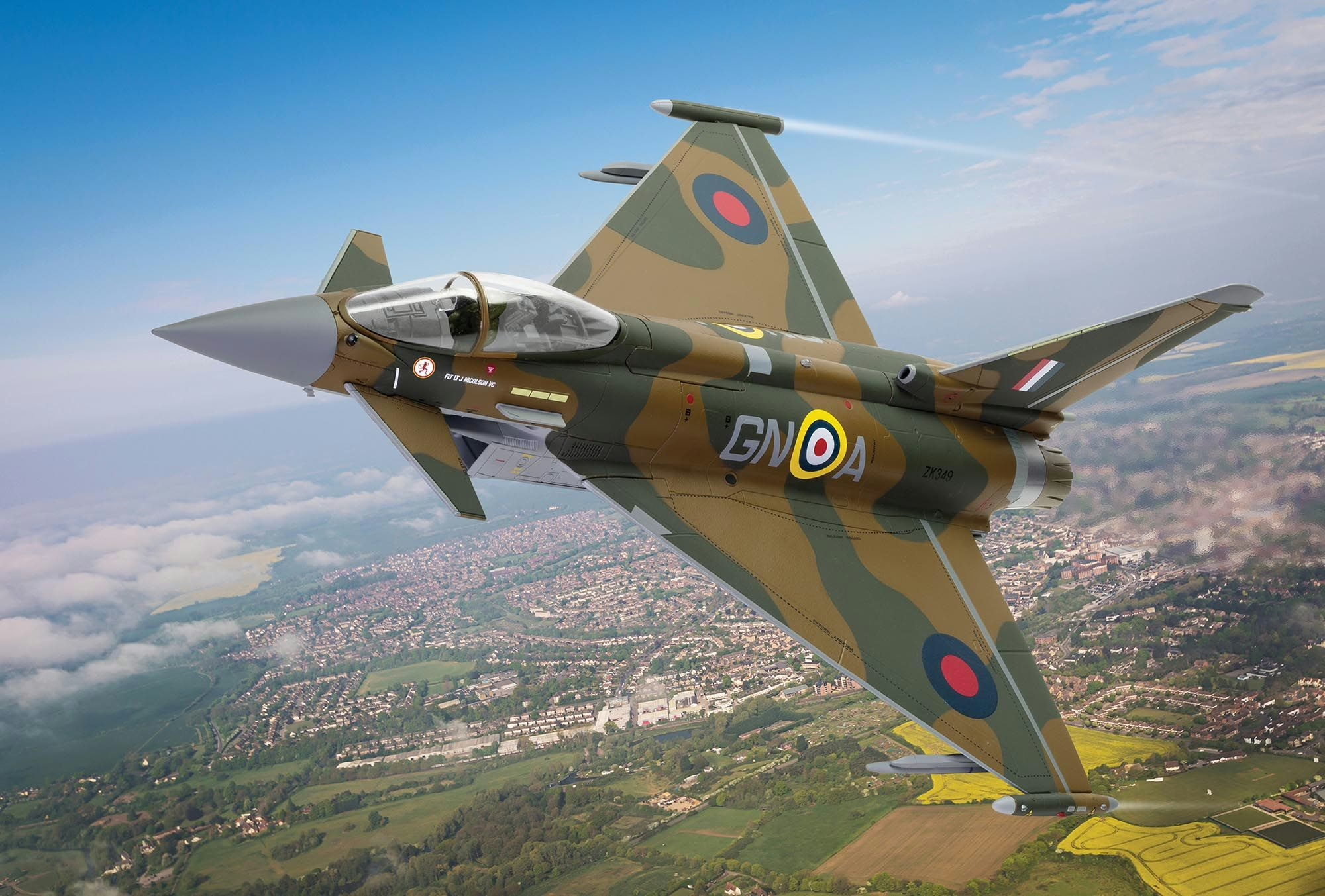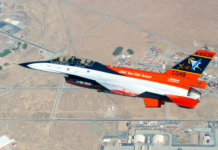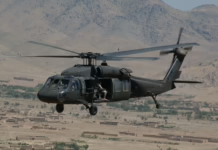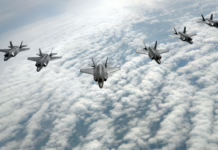BAE Systems closes final assembly line at Warton plant, citing lack of new orders from Britain’s Royal Air Force
Britain has ended production of the Eurofighter Typhoon after declining to order the latest version of the fighter jet, leaving BAE Systems to close its final assembly line at the Warton plant with just one aircraft remaining in production.
The UK’s Ministry of Defense chose not to place orders for the T5 Tranche of the multirole fighter, instead purchasing a dozen additional F-35 Lightning II stealth fighters from Lockheed Martin. The decision marks a significant shift in Britain’s air defense strategy toward fifth-generation aircraft capabilities.
BAE Systems and Unite, the labor union representing aerospace workers, warned that shutting down Typhoon production will eliminate skilled technicians needed for future fighter programs. The closure leaves the final aircraft awaiting paint and parts, with no further assembly work scheduled.
“Workers at BAE and across the whole UK defence and manufacturing industry will be looking at the ending of the Typhoon final assembly production at Warton and asking how a government promising to turn defence spending into ‘British growth, British jobs, British skills, British innovation’ could let it happen,” said Sharon Graham, Unite’s general secretary. “A failure to do this could destroy a generation of aerospace workers and would amount to an act of national self-harm.”
The Royal Air Force retired nearly all of its Tranche 1 Typhoons, which entered service in 2003, leaving 49 aircraft of all variants in the current inventory. The MOD’s recent order for more F-35s fills a nuclear-capable gap in the RAF’s arsenal that has existed since the 1990s.
Britain’s defense ministry suggested BAE could bridge the production gap with export orders until the Global Combat Air Program (GCAP) begins manufacturing in the mid-2030s. However, BAE reported receiving no export contracts sufficient to maintain operations at the Warton facility.
The Typhoon program, developed jointly with Germany, Italy and Spain, continues production at assembly lines in the three partner nations. Germany’s Luftwaffe placed orders for additional Tranche 5 aircraft last year, while Spain and Italy ordered new Tranche 4 models. Kuwait and Qatar also maintain outstanding orders for the fighter.
Each partner nation performs final assembly domestically under the original program structure, with parts production distributed among BAE, Leonardo, Airbus Defense and other suppliers across all four countries. The UK appears to be the first production partner to exit the program, leaving the Warton plant without sufficient work to continue operations.
The Eurofighter Typhoon entered service two decades ago as a pure air-to-air interceptor but evolved into a capable multirole fighter. The aircraft remains in frontline service with multiple air forces worldwide, though current order volumes cannot sustain all four final assembly facilities.
Britain’s GCAP program, a joint venture with Italy and Japan to develop a next-generation stealth fighter, is not expected to begin production until the mid-2030s, creating a gap in domestic fighter aircraft manufacturing capabilities.

Key Takeaways
- Britain ended Eurofighter Typhoon production after declining to order the T5 Tranche, closing BAE Systems’ Warton assembly line.
- The RAF chose F-35 Lightning II stealth fighters over additional Typhoons to fill nuclear-capable roles vacant since the 1990s.
- BAE Systems and Unite warn the closure will eliminate skilled aerospace workers needed for future fighter programs.
- Partner nations Germany, Italy and Spain continue Typhoon orders, with export customers Kuwait and Qatar maintaining contracts.
- A production gap will exist until the GCAP next-generation fighter program begins manufacturing in the mid-2030s.








